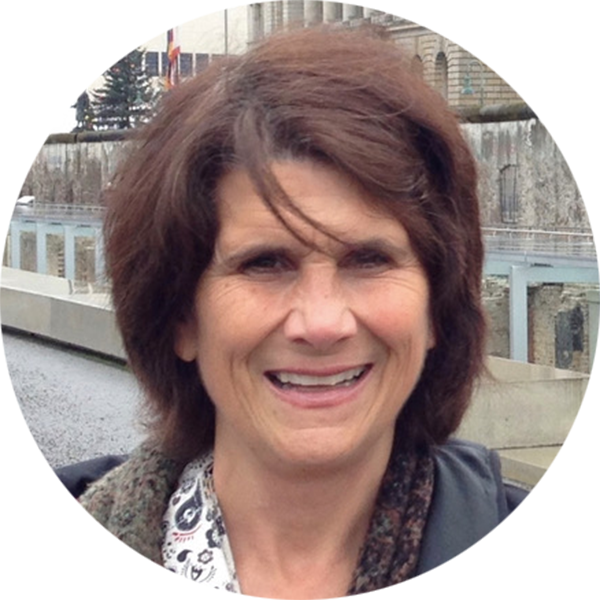Monday, Mar. 18 | Noon to 1 p.m. | Ruffner G006
The launch of several international large brain projects indicates that we are still far from understanding the brain at even a basic level, let alone being able to intervene meaningfully in most degenerative, psychiatric and traumatic brain disorders.
Such projects reflect the idea that neuroscience needs to be placed on a more data-rich, computational footing to address the inherent complexity of the nervous system.
But should we just be looking towards big science to produce comprehensive and integrated data and tools? What about the thousands of studies conducted by individual investigators and small teams, so called “long tail data"? How does the regular practice of neuroscience need to change to address grand challenges in brain science?
Across the breadth of academia, researchers are defining new modes of scholarship designed to take advantage of 21st century technology for linking and distributing information. Principles, best practices and tools for networked scholarship are emerging. Chief among these is the move towards open science, making the products of research as open as possible to ensure their broadest use; advocating that research outputs should not only include journal articles and books, but data, tools and workflows; and ensuring that research outputs should be FAIR: Findable, Accessible, Interoperable and Reusable. FAIR are the characteristics required for making digital objects maximally useful for both humans and machines, and encompasses the agreement upon and use of community standards for data exchange. And finally, citation and credit systems should be redesigned to reflect the broadening of scientific output.
In this presentation, Dr. Maryann Martone will discuss perspectives and tools for moving neuroscience towards open, FAIR and citable science, highlighting her experiences in building and maintaining the Neuroscience Information Framework and other related projects. Dr. Martone will also provide an example of work underway in the spinal cord Injury community to come together around the sharing and integration of long tail data.
